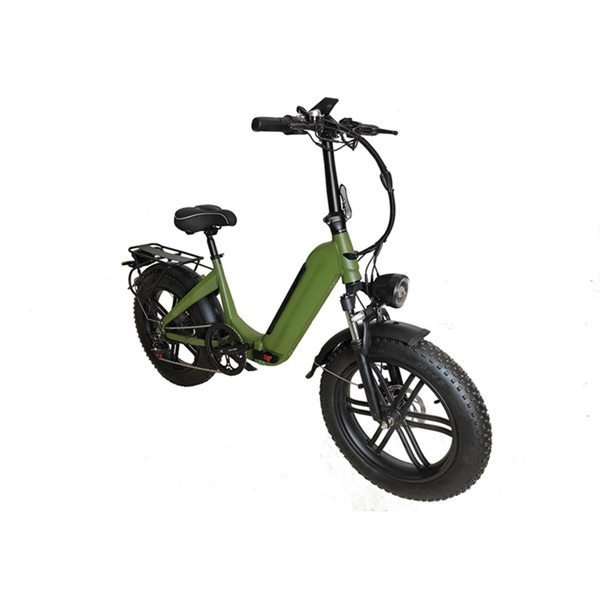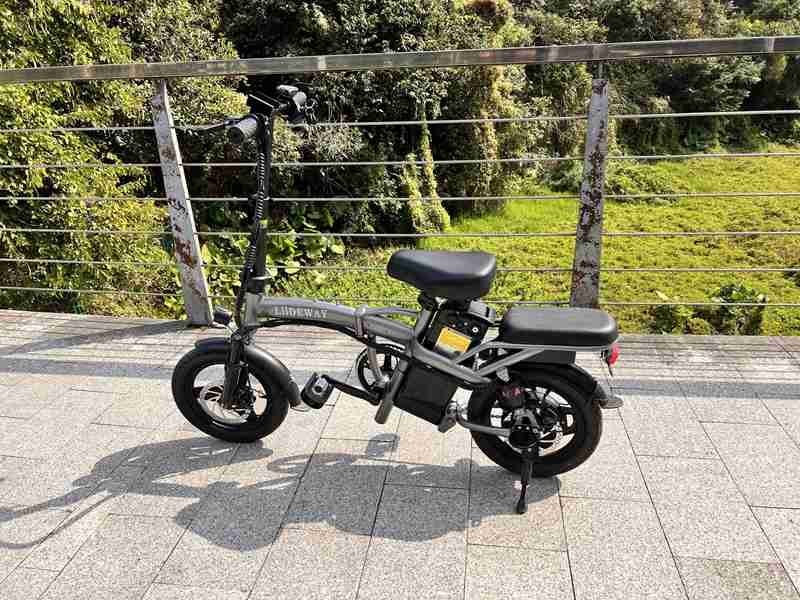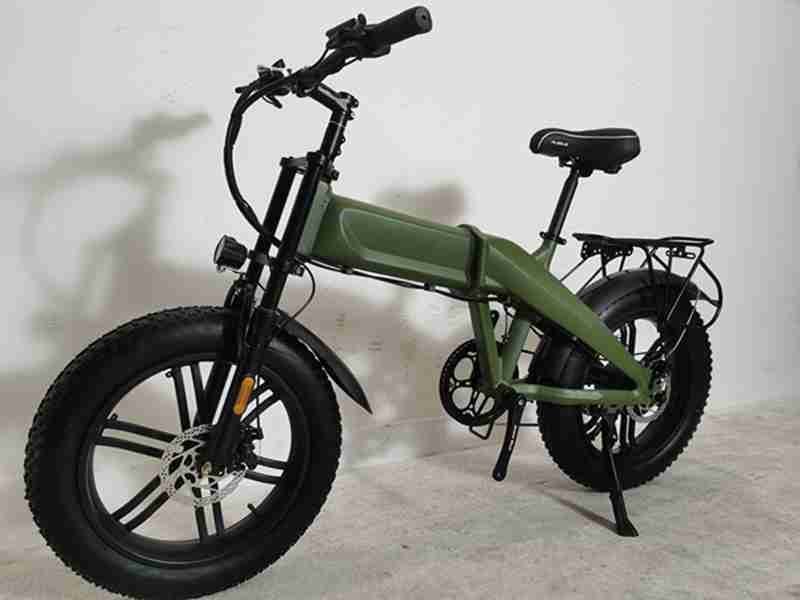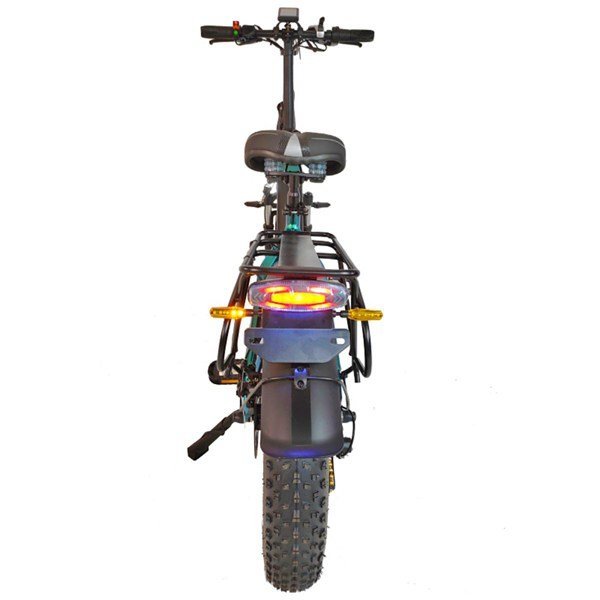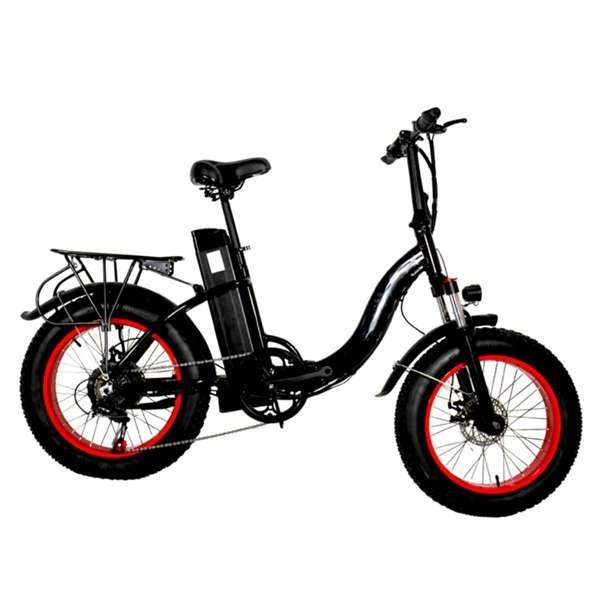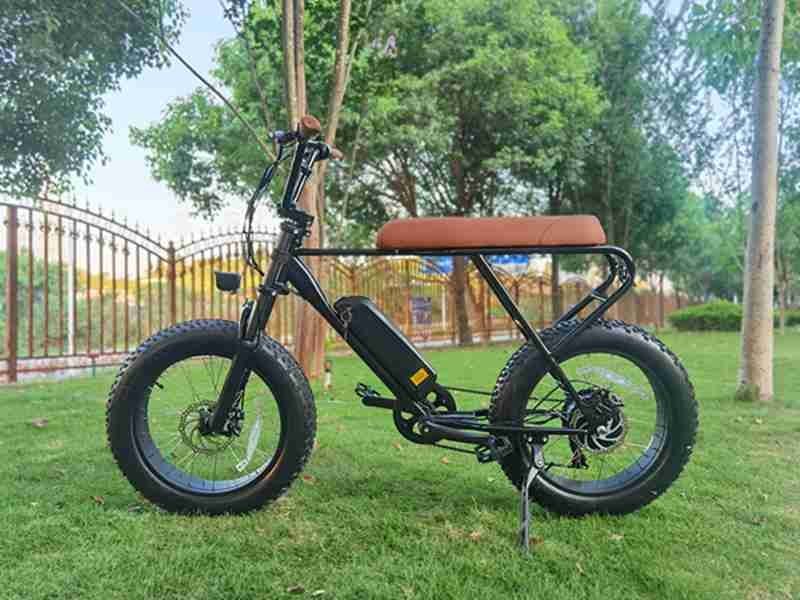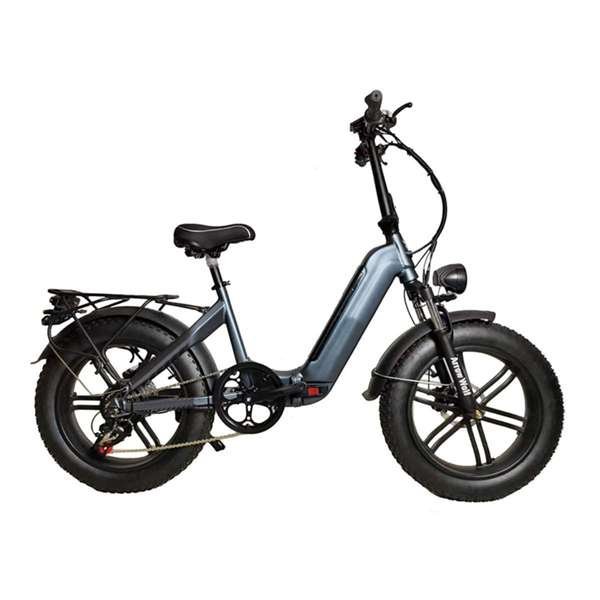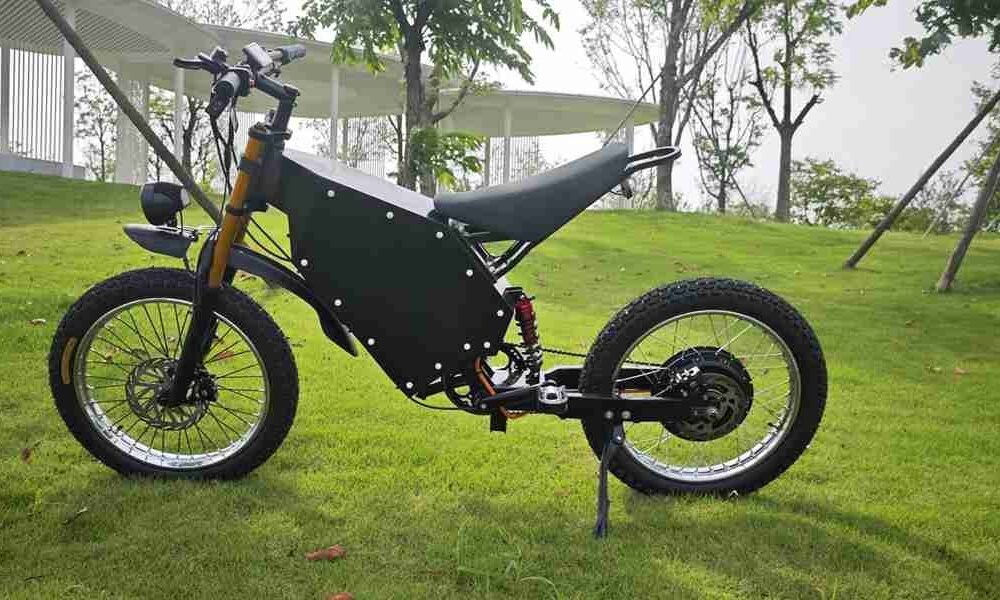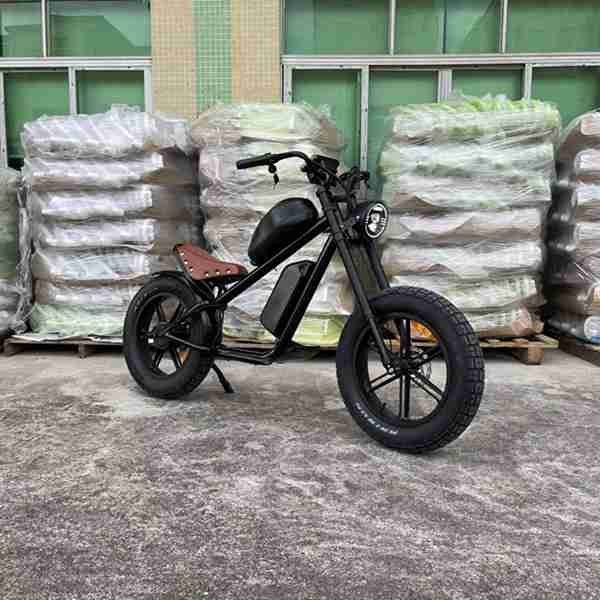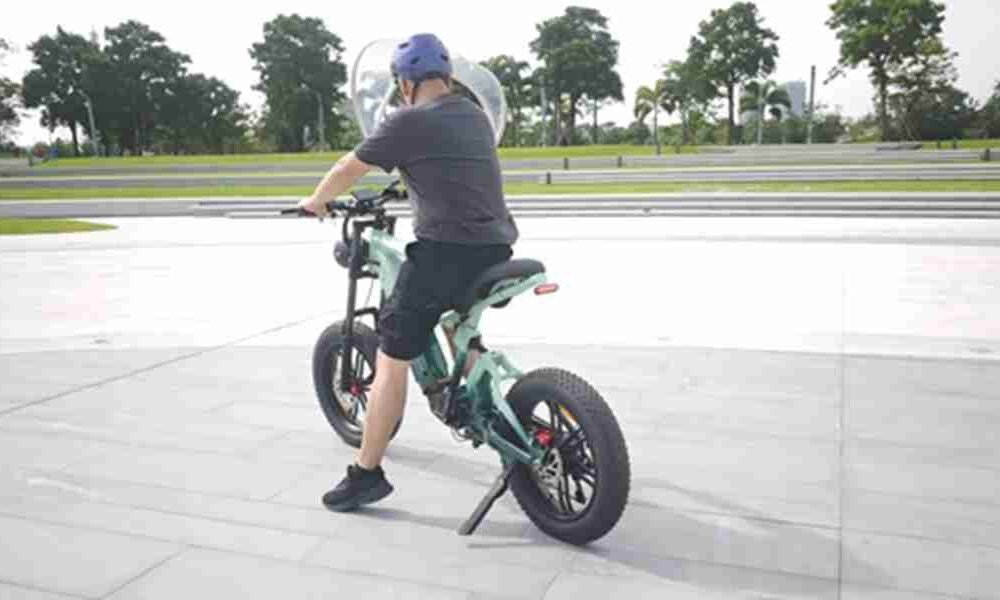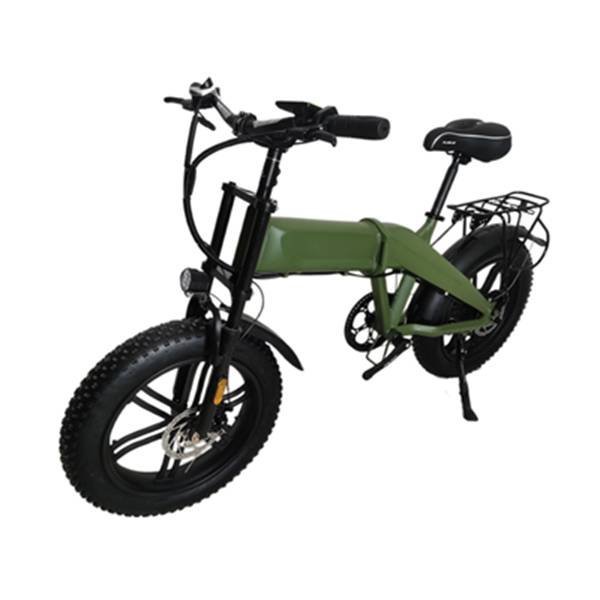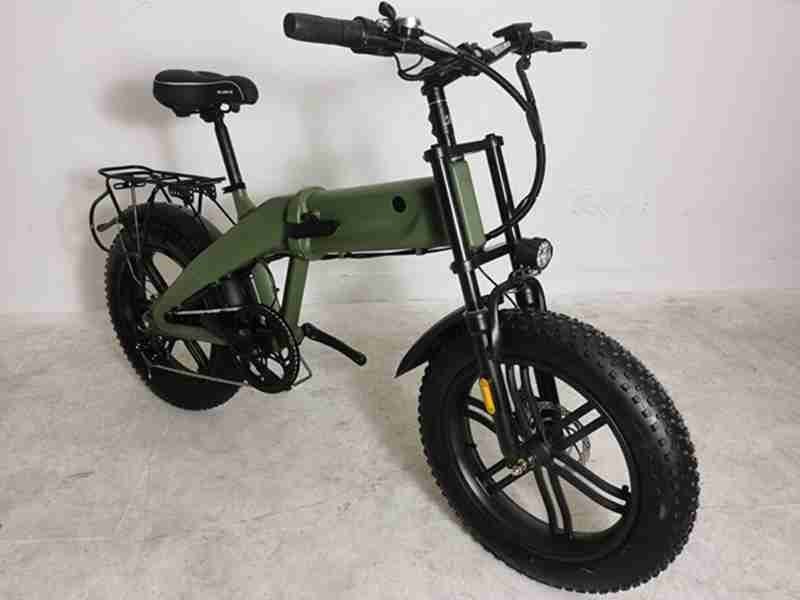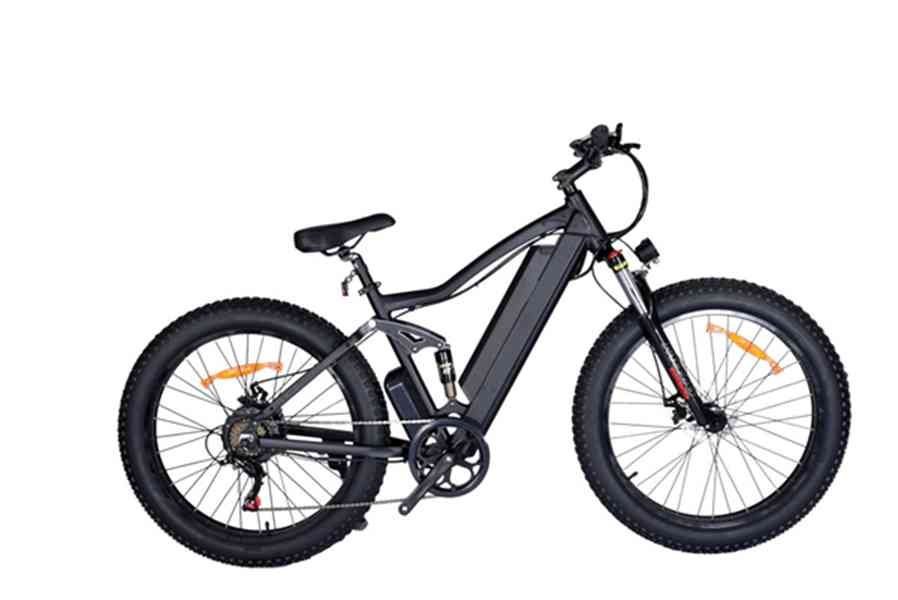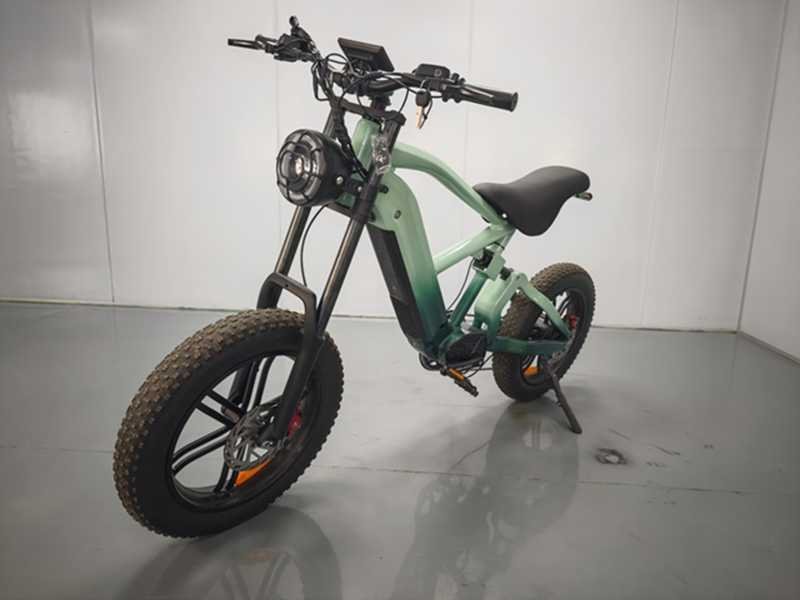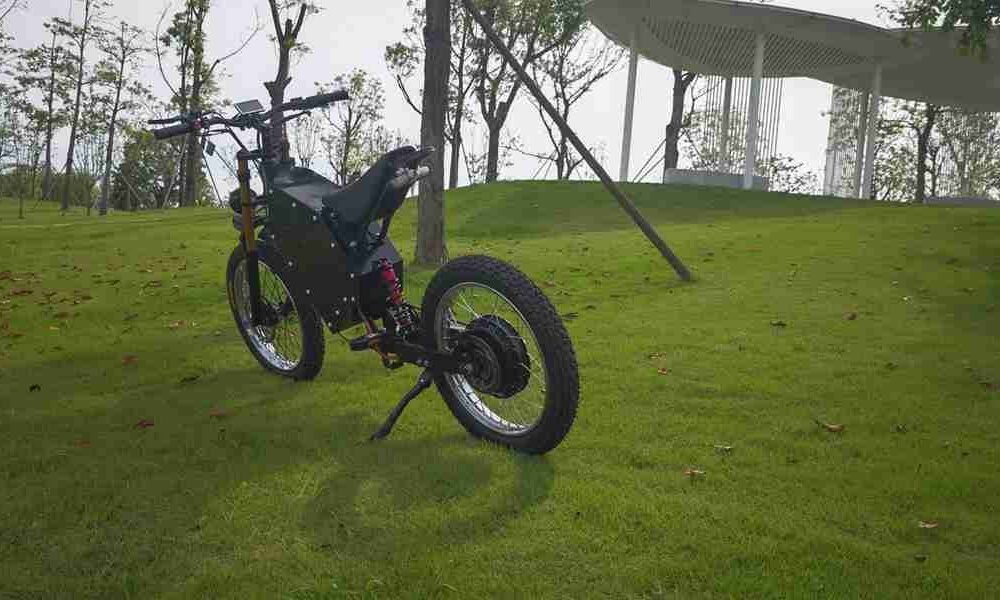Electric Scooter Bike Battery: Powering the Future of Mobility
As the demand for eco-friendly transportation solutions grows worldwide, the electric scooter bike has emerged as a revolutionary innovation, offering convenience, portability, and efficiency. One of the most crucial components that ensure the seamless functioning of these electric scooter bikes is the battery. In this article, we will delve into the importance of electric scooter bike batteries, how they work, the types of batteries available, and what to consider when purchasing one.
The Role of Batteries in Electric Scooter Bikes
The battery is the heart of any electric vehicle, and in the case of electric scooter bikes, it plays an even more critical role. Unlike traditional bicycles, which rely solely on human pedaling, electric scooter bikes are powered by electric motors. These motors draw energy from the battery, allowing users to travel longer distances and tackle more challenging terrains with ease.
In models like those offered by LIIDEWA, which can switch between electric and manual pedaling modes, the battery ensures that the transition between these modes is smooth and effortless. Whether you’re commuting to work or exploring rough trails, the battery provides the necessary power for your journey.
Types of Batteries Used in Electric Scooter Bikes
Not all electric scooter bike batteries are created equal. Various battery technologies are used in electric vehicles, and each comes with its own set of advantages and limitations. The most common types of batteries found in electric scooter bikes are:
1. Lithium-Ion Batteries (Li-Ion)
Lithium-ion batteries are the most popular choice for electric scooter bikes due to their high energy density, lightweight nature, and longevity. They can store more power in a smaller, lighter package, making them ideal for portable and compact models, such as the 14-inch folding bikes. These batteries are also known for their fast charging times and long cycle life, ensuring you can ride for longer periods without frequent charging. Most modern electric vehicles, including cars, rely on lithium-ion technology due to its efficiency.
2. Lead-Acid Batteries
Lead-acid batteries were once widely used in electric vehicles but have been largely replaced by lithium-ion due to their bulkier size and heavier weight. However, they are still occasionally used in electric scooter bikes due to their lower cost. While they are not as efficient as lithium-ion batteries, they can still provide a decent range for short commutes.
3. Nickel-Metal Hydride (NiMH) Batteries
Nickel-metal hydride batteries fall between lead-acid and lithium-ion in terms of performance and weight. They are lighter than lead-acid but not as powerful or long-lasting as lithium-ion. These batteries are more environmentally friendly than some other alternatives but are generally less common in today¡¯s electric scooter bikes.
Key Considerations When Choosing an Electric Scooter Bike Battery
Selecting the right battery for your electric scooter bike is essential for optimizing performance, range, and longevity. Here are some factors to consider when making your decision:
1. Battery Capacity and Range
Battery capacity is measured in watt-hours (Wh), and it determines how far you can travel on a single charge. A higher capacity battery will allow you to cover more distance without needing to recharge. For long-distance travel or off-road adventures, a larger battery capacity is preferable. For example, if you are using a 29-inch city model for commuting, a larger battery will ensure you can travel across the city without worrying about running out of power.
2. Charging Time
Charging time is another important consideration, especially if you need to use your scooter bike multiple times a day. Lithium-ion batteries typically charge faster than other types, allowing you to get back on the road quickly. Look for batteries that offer fast-charging options if time is of the essence.
3. Durability and Life Cycle
The lifespan of an electric scooter bike battery is measured in charge cycles. A charge cycle is one complete discharge and recharge. Lithium-ion batteries typically offer between 300 to 500 charge cycles before their capacity starts to degrade. Make sure to choose a battery that not only lasts long but is also durable enough to withstand various environmental conditions, especially if you’re using fat-tire versions or snow bikes that encounter tough terrains.
4. Portability
If you’re using a portable model like the 14-inch folding electric scooter bike, battery weight and portability are key concerns. Lighter batteries like lithium-ion are a better choice for portable models, as they don’t add much bulk or weight to the bike.
Battery Maintenance Tips for Long-lasting Performance
Maintaining your electric scooter bike battery is essential for ensuring optimal performance and extending its life. Here are a few tips to keep your battery in top condition:
1. Avoid Deep Discharges
To extend the lifespan of your battery, try to avoid deep discharges. Lithium-ion batteries perform best when kept between 20% and 80% of their charge. Deeply discharging your battery frequently can reduce its overall life cycle.
2. Store Batteries Properly
If you’re not using your electric scooter bike for an extended period, make sure to store the battery properly. Keep it in a cool, dry place and partially charge it to around 50% to maintain battery health. Avoid exposing your battery to extreme temperatures, as this can degrade its performance.
3. Regular Charging
Even if you aren’t using your electric scooter bike daily, make sure to charge the battery at least once a month. Leaving it unused for long periods without charging can lead to battery degradation.
Conclusion: The Future of Electric Scooter Bike Batteries
As technology continues to evolve, we can expect to see further advancements in electric scooter bike batteries, such as increased capacity, faster charging times, and improved longevity. Companies like LIIDEWA are already pushing the envelope by offering versatile and high-performance models, whether it¡¯s the 20-inch fat-tire version for rugged terrains or the sleek 27-inch city model for urban commuting.
By understanding the role and importance of batteries in electric scooter bikes, you can make informed decisions when purchasing or maintaining your electric vehicle. With the right battery, your electric scooter bike will serve as a reliable, efficient, and eco-friendly mode of transportation for years to come.
You maybe Like:
- Uncategorized
electric bike cargo liideway
- Uncategorized
electric bike 500w liideway
- Uncategorized
electric bike kit 3000 watt hub motor kit 72v liideway
- Uncategorized
electric bike e-bikes liideway
- Uncategorized
fido d3 pro electric bike liideway manufacturer
- Uncategorized
duel motor electric bike liideway manufacturer
- Uncategorized
orange electric bike liideway manufacturer
- Uncategorized
electric e-bike liideway manufacturer
- Uncategorized
electric cargo bike 4 wheel liideway manufacturer
- Uncategorized
electric bike adult liideway manufacturer
- Uncategorized
folding electric bike frame liideway manufacturer
LIIDEWAY most popular Electric scooter are linked below:
T1 Single Motor 10inch off road tire
T1Pro Double motor 48v 23AH battery
T14 Single Motor 12inch city road tire
T6(Double motor)
T7 Double motor 11inch off road tire
T8 Double motor 60v 20AH battery
T9(Double motor)
T10 Double motor 11inch off road tire
LW3-Wheel(3wheel)
T5 Double motor 72v 50AH battery
T4 Double motor 60v 20AH battery
T11 Double motor Acrylic LED board
T13 Electric Snow Scooter 1500w motor

